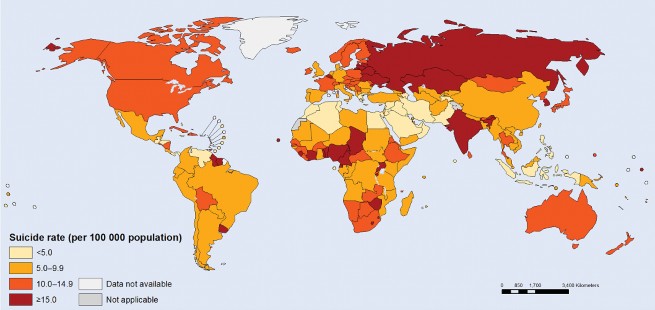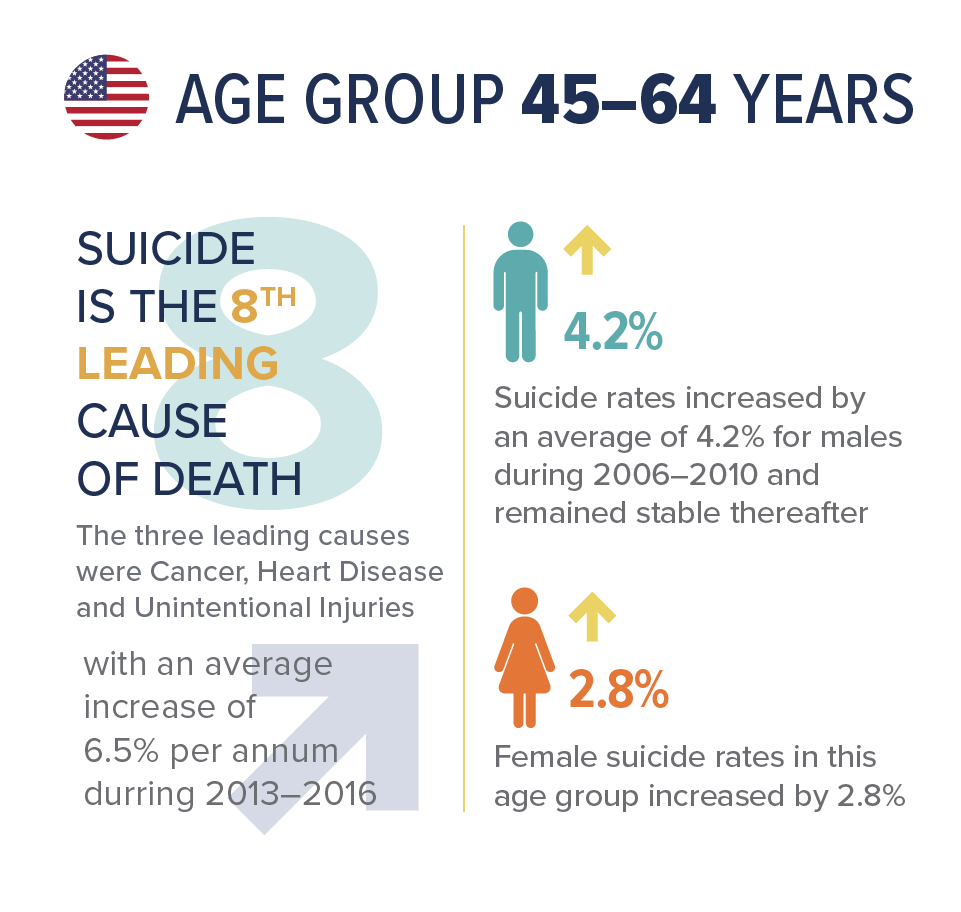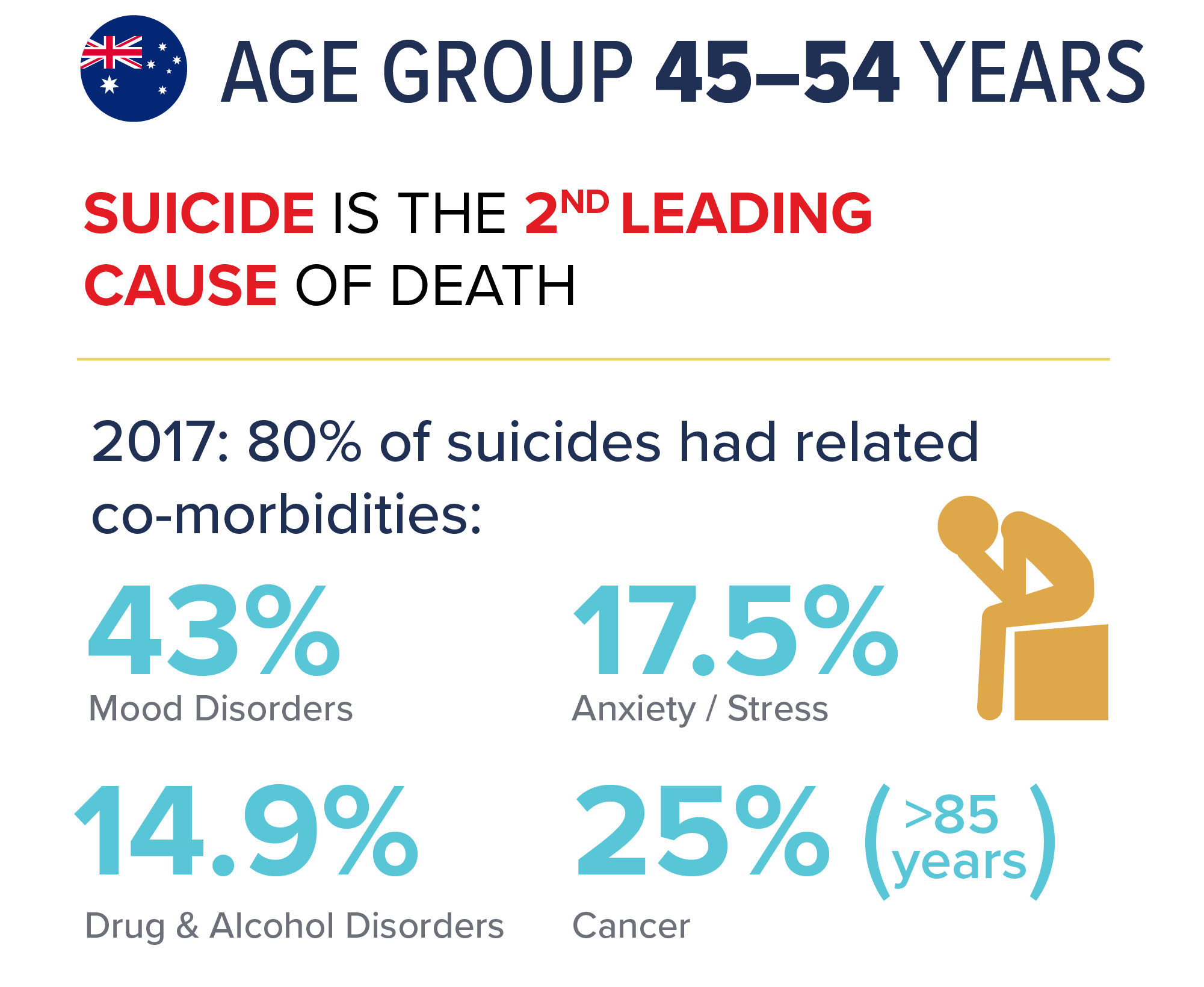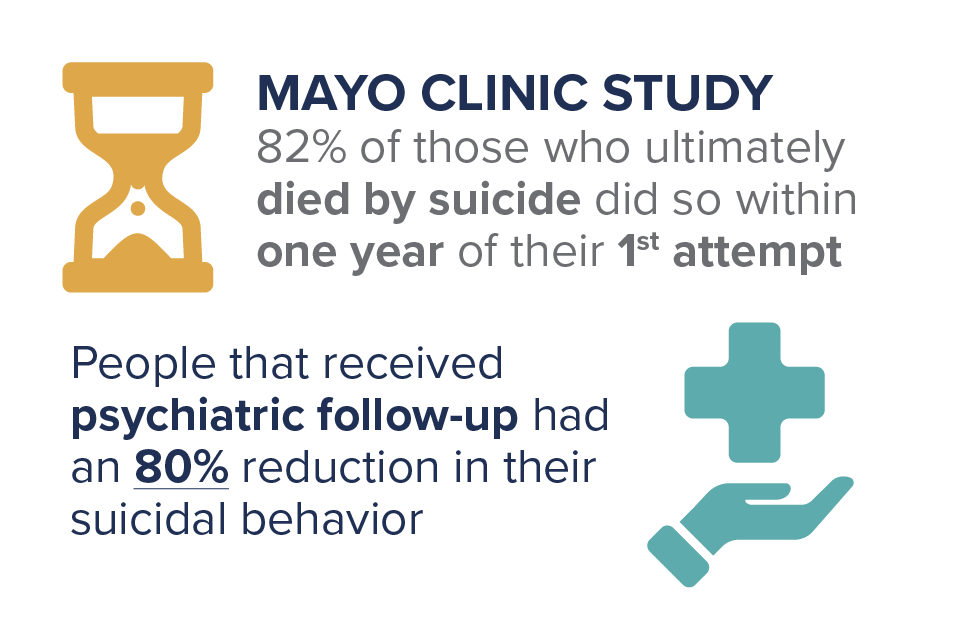Around 800,000 people commit suicide every year1 – one person every 40 seconds. Suicide has a profound impact on family and friends that are left behind following the unexpected death of a loved one.
From a financial point of view, the cost of suicide to society is significant in terms of lost productivity and income, and the life insurance industry annually pays out millions for suicide claims.
When considering suicide population, rates results can vary quite noticeably by country, gender and age. What is clear, though, is that it remains a significant contributor to cause of death with an annually increasing trend in many countries. In this article we focus on three countries only – the United States, the United Kingdom and Australia.

Source: World Health Organization
United States
In 2017 the National Center for Health Statistics published a report with a special feature on Mortality in which it is evident that suicides, together with unintentional injuries, are among the top 10 causes of death for both males and females across most age groups.2 Unintentional injuries include accidental drug overdose and the opioid crisis, which has been well defined and discussed in previous articles.3 The relevance of this is to consider that suicide rates may be under-reported in view of some of the classifications of causes and manner of death.

Focusing on a subset of the general population that will closely reflect the insured population (age groups 25-44 and 45-64), the following key results should be noted:
United Kingdom
Data from the Office for National Statistics (ONS) shows a different picture to the annually increasing trend described for the US. In the UK, following an upward trajectory in 2009 – 2010, suicide rates have been decreasing since the end of 2014. However, suicide remains a top cause of death in some age groups, and according to the 2018 Samaritans’ Suicide Statistics Report every day in Britain 17 people die of suicide.4
Australia
In 2017 the Australian Bureau of Statistics reported that suicide was the 13th leading cause of death, moving from 15th position in 2016 with an annual rise of 9.1%.
5 The male-to-female ratio is similar to that of the UK, and the higher rate in certain age groups as we have already noted for both the US and UK applies.

Risk Factors
Adverse childhood experiences (ACE)
Some of the factors associated with an increased risk of suicide appear to be rather obvious, but others – such as ACEs and their impact on health in adulthood – may not be. ACEs are stressful or traumatic events, including abuse and neglect, that can be associated with the development and prevalence of a number of health problems. A study by the Centers for Disease Control and Prevention (CDC) in partnership with Kaiser Permanente found that an ACE in any category increased the risk of attempted suicide by two- to fivefold. Individuals who report six or more ACEs had a 24.36 times increased risk of attempting suicide.6

Previous suicide attempts
The Mayo Clinic followed nearly 1,500 Minnesota residents who had taken their first suicidal action and found that 82% of those who ultimately died by suicide did so within one year from their first attempt. People who followed up with psychiatric follow-up had a decrease of 80% in their suicidal behavior.7
Gender and relationship status
ONS data confirms that men are three times more at risk of death from suicide than women, and this has been the case since 1990. Relationship breakdown can also contribute to suicide risk, and in 2015 divorced men were three times more likely to die from suicide than their peers in a marriage or civil partnership.
Socio-economic deprivation
Those who live in an area where there is less access to services, employment and education are more at risk of suicide. People in the UK who live among the most deprived 10% of society are more than twice as likely to die from suicide as the least deprived 10%.
The ONS data also provides insights into occupations that are more at risk. Low-skilled workers, care givers and people working in the arts have a significantly higher risk of suicide. Males that work as skilled manual workers and females that work as nurses and nursery and primary school teachers have also been called out as higher risk. The lowest risk included occupations such as health professionals, those working in customer service or sales, and corporate managers and directors.
Summary
Analysis of the recent population data (2016 and 2017) for two out of three countries reveals an upward trend in suicides, with suicide being in the top 10 causes of death in a number of age groups, especially those that resemble the insured population. The higher prevalence of suicide in males has been a constant observation for many years, and this most recent review confirms that this is still the case.
The decrease and stabilization of the United Kingdom suicide rate has been ascribed to the prevention efforts from government, the National Health Service (NHS), charities, and other groups. Our next article will include details on some of these programmes, including RGA’s own initiative to be part of the prevention strategy for the UK. A better understanding of the factors that contribute to suicide informs many of these prevention efforts.
As claims professionals it is important that we have insight into the magnitude of suicide risk and that we do not lose sight of the human tragedy behind the evidence that is presented to us in the event of a claim.







